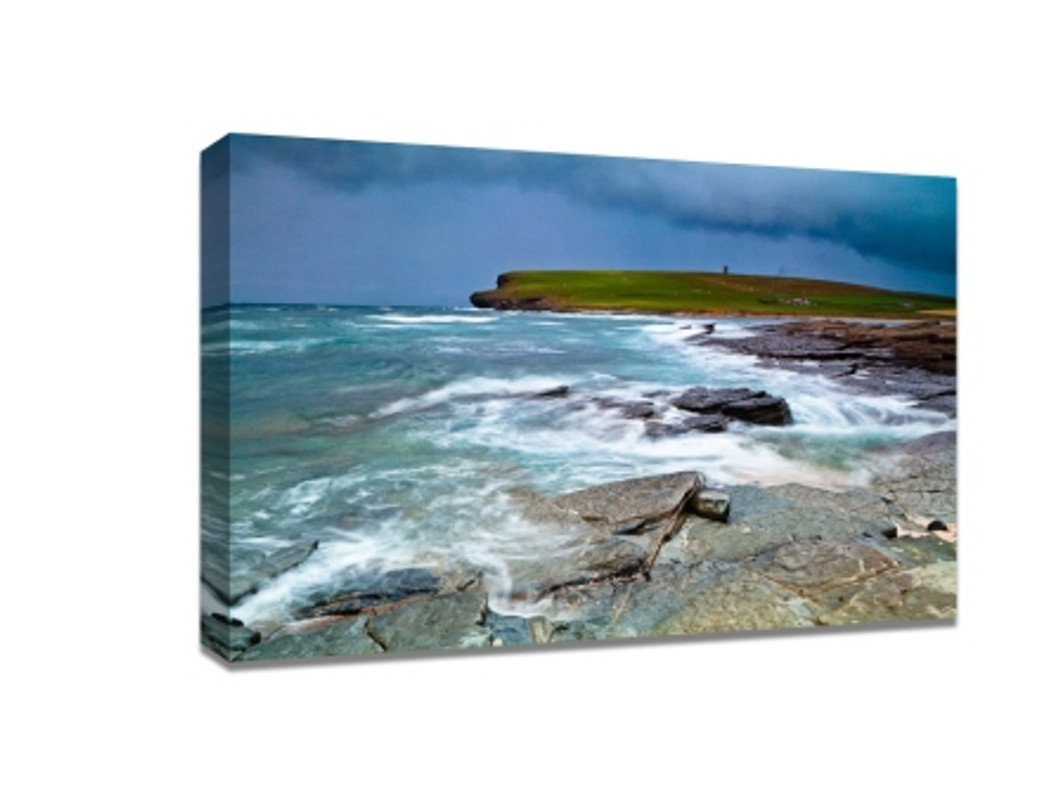Eight Ways to Improve Your Photography Skills and Create Stunning Images
Photography is both an art and a skill, and like any skill, it improves with practice and knowledge. Whether you’re a beginner with a smartphone or an enthusiast using a DSLR, the journey from snapshots to striking photographs can be exciting. And when you finally capture a frame you’re proud of, preserving it through canvas prints allows you to showcase your work beautifully and add a personal touch to your home décor. Below, we’ll explore eight practical ways to improve your photography skills so you can create stunning images worth displaying.
1. Understand Your Camera Inside Out
The first step to improving your photography is knowing your equipment thoroughly. Whether it’s a DSLR, mirrorless camera, or even your smartphone, dive into its manual. Learn how to adjust shutter speed, aperture, and ISO. Understanding these settings helps you take control of exposure and achieve the creative effects you want. Experiment with manual modes instead of relying solely on automatic settings—this is where real growth begins.
2. Master the Basics of Composition
Composition is what separates an average photo from a great one. Learn the rule of thirds, leading lines, symmetry, framing, and negative space. These principles guide the viewer’s eye and add structure to your photos. For example, positioning your subject off-center often creates a more dynamic and engaging image. Over time, you’ll develop an intuitive sense of composition that works for your style.
3. Pay Attention to Lighting
Light is the essence of photography. Understanding how natural and artificial light behaves will dramatically improve your images. Shoot during the golden hour (shortly after sunrise or before sunset) for warm, soft light. Practice with backlighting, silhouettes, and shadows to create mood and depth. Even simple adjustments like moving your subject closer to a window can transform a photo.
4. Practice, Practice, Practice
Photography skills are built through repetition. Challenge yourself with daily or weekly photo projects—shoot different subjects, environments, or lighting conditions. By consistently experimenting, you’ll learn what works and what doesn’t. Over time, your technical ability and artistic eye will sharpen, and you’ll develop your own unique style.
5. Learn Basic Editing Techniques
Post-processing is a powerful tool for elevating your images. Familiarize yourself with editing software like Adobe Lightroom, Photoshop, or even free options like Snapseed. Start with simple adjustments: exposure, contrast, white balance, and cropping. Gradually, you can explore more advanced techniques like color grading or retouching. Editing isn’t about fixing mistakes; it’s about enhancing your creative vision.
6. Study Other Photographers
Look at the work of photographers you admire—professionals and hobbyists alike. Analyze their use of composition, light, color, and storytelling. Join online communities, attend workshops, or follow photography blogs. Studying others’ work can inspire you and teach you new approaches. It’s not about imitation but about broadening your perspective and refining your own style.
7. Tell a Story Through Your Photos
Great photos evoke emotions or tell a story. Think about what you’re trying to convey before you press the shutter. Are you capturing joy, solitude, movement, or stillness? Consider how composition, lighting, and subject placement work together to communicate your message. Storytelling elevates your photography from “pretty pictures” to meaningful art.
8. Print and Evaluate Your Work
Seeing your photos in print is a powerful way to improve. A digital screen can hide flaws, but prints reveal every detail—both good and bad. Printing your images on high-quality mediums like canvas can help you evaluate sharpness, color balance, and overall impact. Plus, displaying your work through canvas prints adds a professional, gallery-like feel to your space and allows you to celebrate your progress.
Improving your photography skills is a rewarding journey of experimentation, patience, and creativity. By understanding your camera, mastering composition, experimenting with light, and learning editing techniques, you’ll steadily elevate your craft. And when you capture images you’re proud of, consider showcasing them through professional canvas prints—a timeless way to preserve and display your best work.
Whether you’re aiming to build a portfolio, decorate your home, or simply enjoy a fulfilling hobby, these eight tips will guide you toward becoming a more confident and skilled photographer.
Recent Posts
-
Canvas Prints for Australian Businesses: Enhancing Branding, Offices, and Reception Areas
In today’s competitive business landscape, creating a memorable and professional impression is cruci …18th Dec 2025 -
The Ultimate Guide to Designing a Canvas Prints Gallery Wall for Beginners
Designing a gallery wall can feel overwhelming, especially if you have never done it before. Questio …15th Dec 2025 -
Why Panoramic Canvas Prints Are the Best Way to Display Your Travel Photography
Travel photography is more than just images saved on a phone or hard drive—it represents memories, e …15th Dec 2025
